|
Today we took our new sea kayaks on a maiden voyage. The blue one felt some water already but for the green one it is a first. They are both Seaward Tyee's and one is outfitted with a bigger cockpit. Great for touring around.
0 Comments
I hope you enjoyed the great weather in the Easter weekend. I went out a couple of times with the kayaks and saw a lot of other people having fun on the water. Unfortunately, I also noticed some people did not wear a PFD (Personal Floatation Device) on their paddleboards or kayaks. One young lady even had her wet-suit half on (or half off) and was only wearing a tank-top but no PFD. The arguments I have heard are pretty much the same and are somewhat like this: "But I am a good swimmer", or, "I stay close to shore", or, "It hampers my ability to paddle". For the first two arguments I want you to know the 1:10:1 rule, the last one is simple; buy a PFD that fits you and does not have a large backside (the sprayskirt of a kayak pushes the PFD up which makes it uncomfortable to wear). Mostly, that means you have to buy a slightly more expensive PFD. But what about this 1:10:1 rule. The 1:10:1 rule Around this time paddling is tricky; the weather is good and sometimes even warm but the water is generally still below 10°C. When immersed in these cold waters the body loses a lot of heat through conduction; about 25 times faster or more than when exposed to air of the same temperature. Another problem is that when you hit the water you swallow a lot of water trying to get your breathing under control and your muscles stop functioning pretty fast. Dr. Gordon Giesbrecht (PhD) from the University of Manitoba is specialized in cold stress physiology and came up with the 1:10:1 rule, as a rule of thumb you have:
Dr. Giesbrecht’s point is that most people get in trouble way before hypothermia kicks in. Most people already drown in the first minute of hitting the water and otherwise within the first 10 minutes IF they do not wear a PFD. At least with a PFD you can recover from the 'gasp response' without drowning and once your muscles cramp up and you are not able to swim, your PFD will keep you afloat for a while until hypothermia kicks in. Summarized, wearing a PFD will extremely enhance your survivability in case of a water immersion. PLEASE WEAR YOUR PFD DURING ALL WATER ACTIVITIES AT ALL TIMES!!!Island Römer Adventures is now certified to instruct Paddle Canada Kayak Skills and Sea Kayak Level 1 Skills Courses. A great way to work on your paddling skills, re-entry skills and kayak knowledge.
Sea Kayak Level 1 Skills: Building on the information covered in Basic Skills, Sea Kayak Level-1 Skills is a two-day course that moves participants beyond flatwater kayaking and into the sport of sea kayaking.
The course is conducted in slightly rougher water than Basic Kayak, aiming to develop the paddler’s comfort. There is a strong focus on re-entry techniques as well as the skills required to safely plan and execute a day trip with friends (for example, navigation & route planning, weather interpretation, proper clothing/gear.) Upon successful completion of the course, the student will be able to confidently paddle in class-1 conditions in the company of one or more paddlers with similar skills or knowledge. The paddler should be self-reliant yet an asset to the group and an active participant, willing and able to assist others if they need assistance.
Due to the Covid-19 outbreak we do a lot of paddling ourselves; yesterday we decided to head for Pirate's Cove on DeCourcy Island. Later in the afternoon a lot of animals are getting more active especially during a low tide. We spotted River Otters, Sea Lions and also this Raccoon....I have never had one of those so close to my kayak.
|
AuthorRichard Römer likes to roam around on Vancouver Island and creates exceptional adventures on Vancouver Island, the Sunshine Coast, Discovery Islands in British Columbia, Canada Archives
July 2022
Categories |
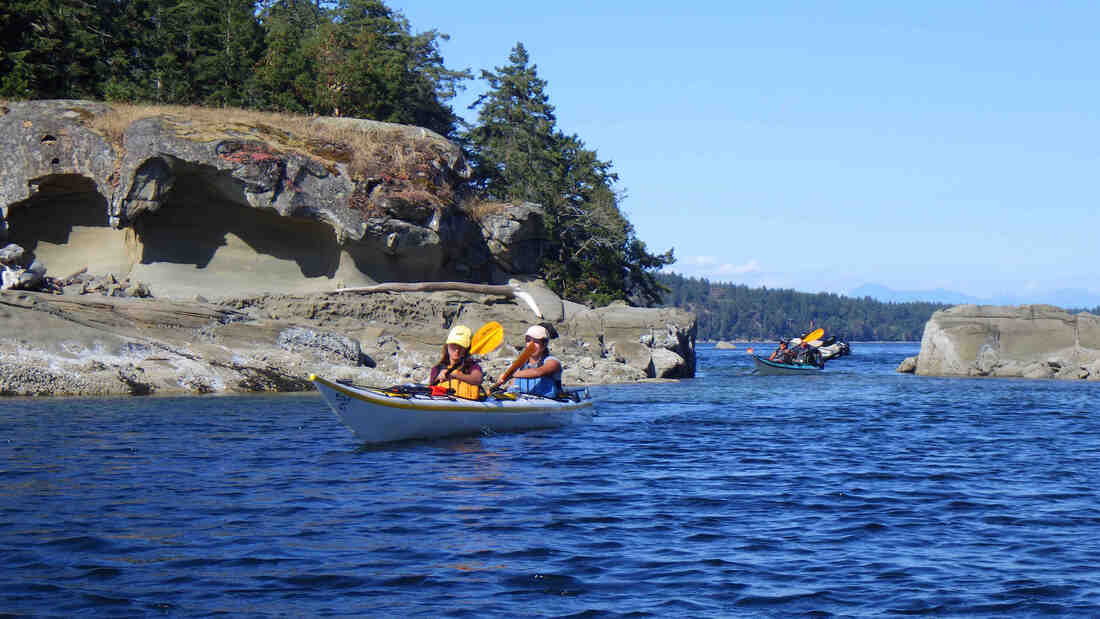

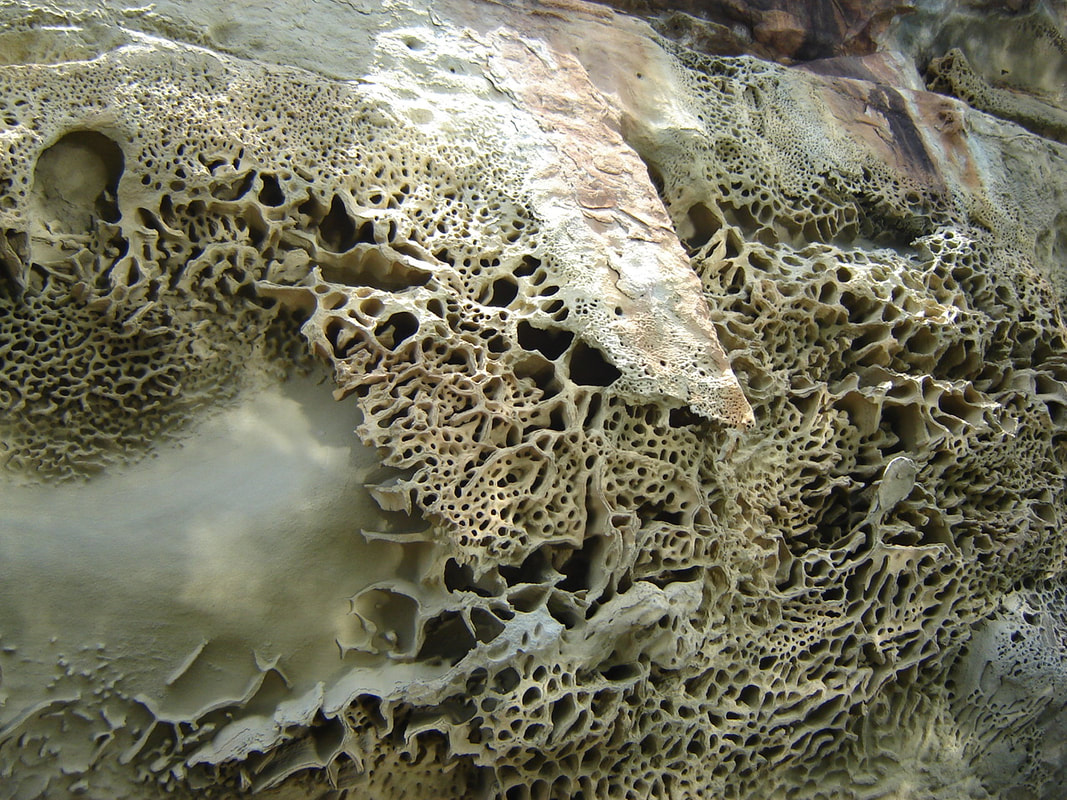

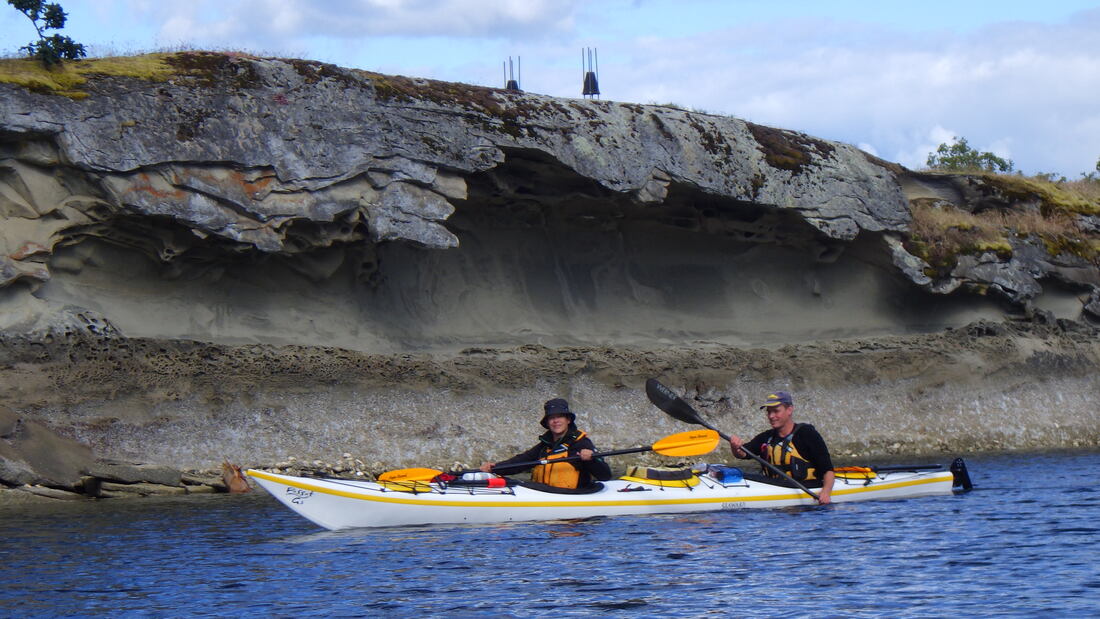
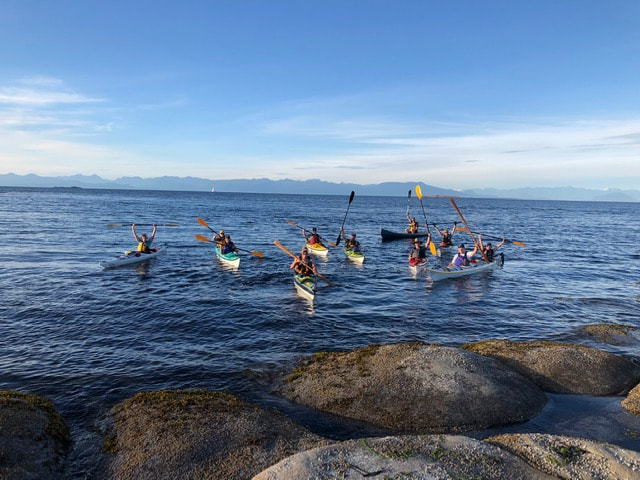
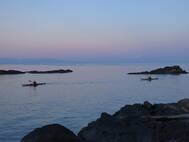



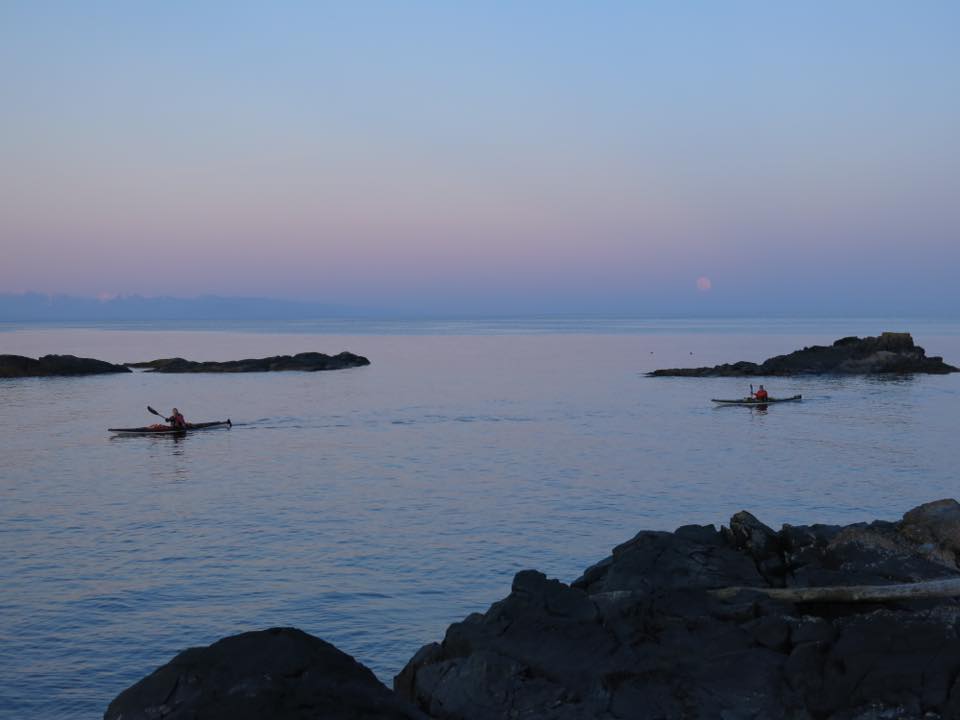
 RSS Feed
RSS Feed
